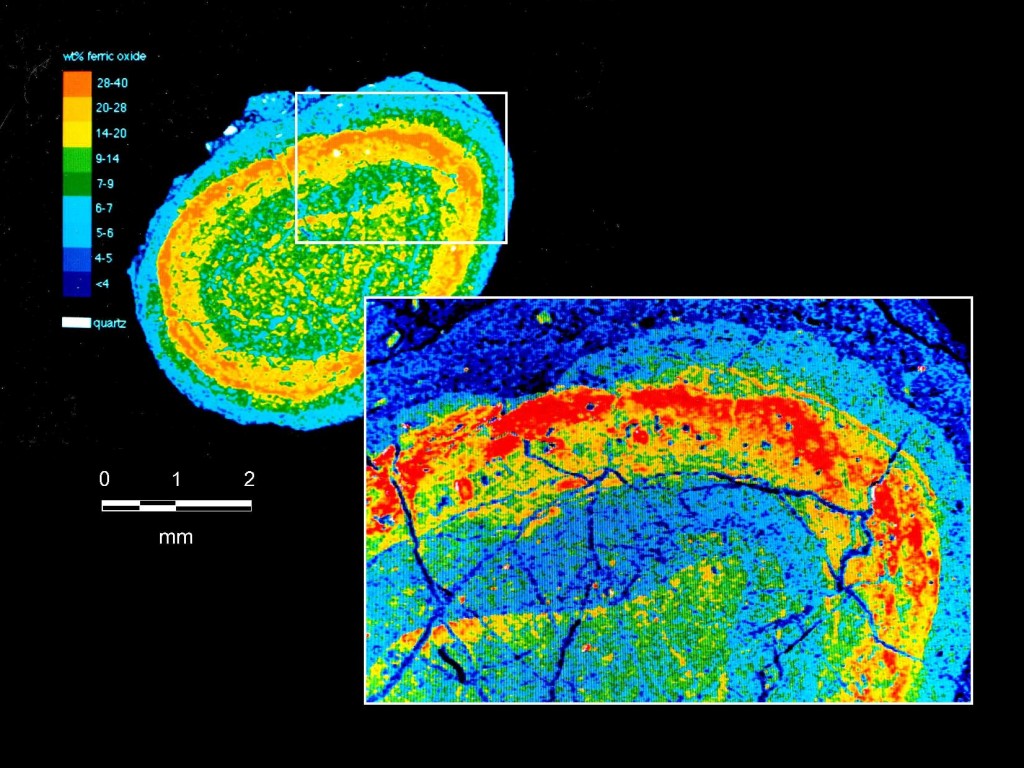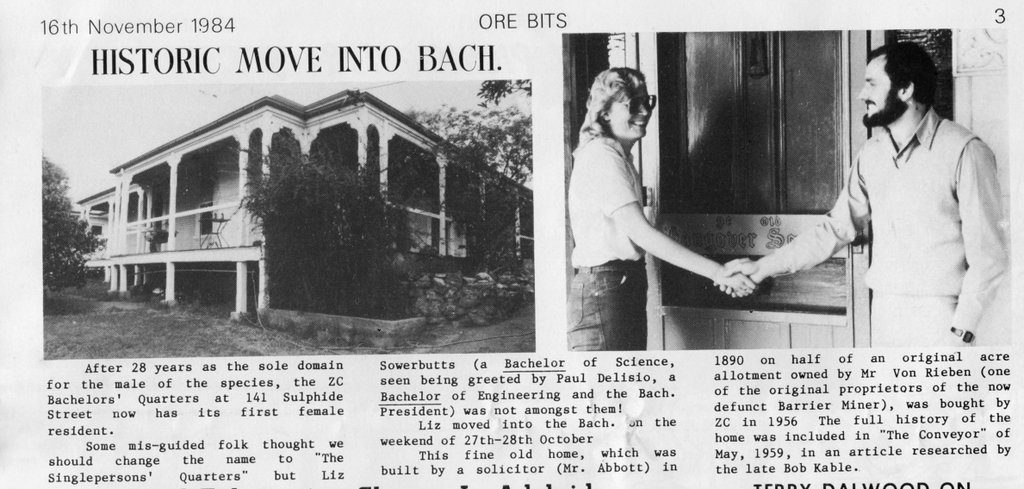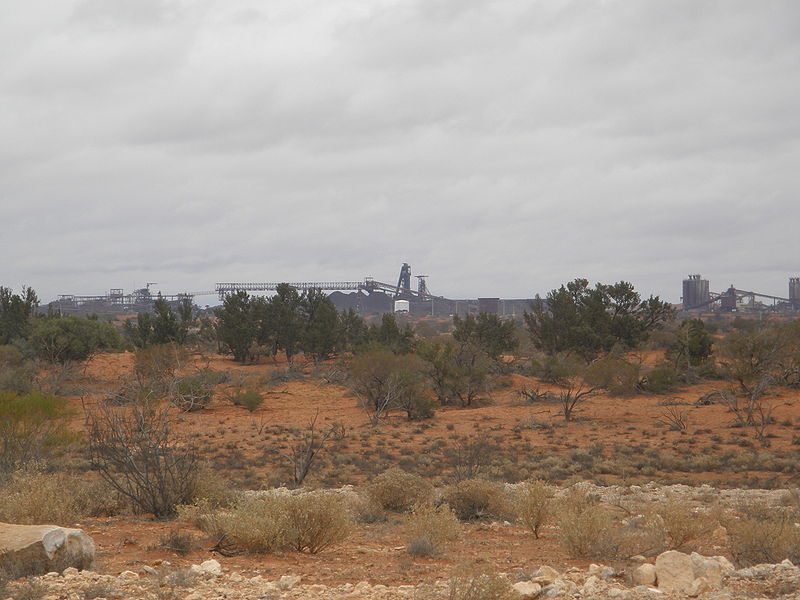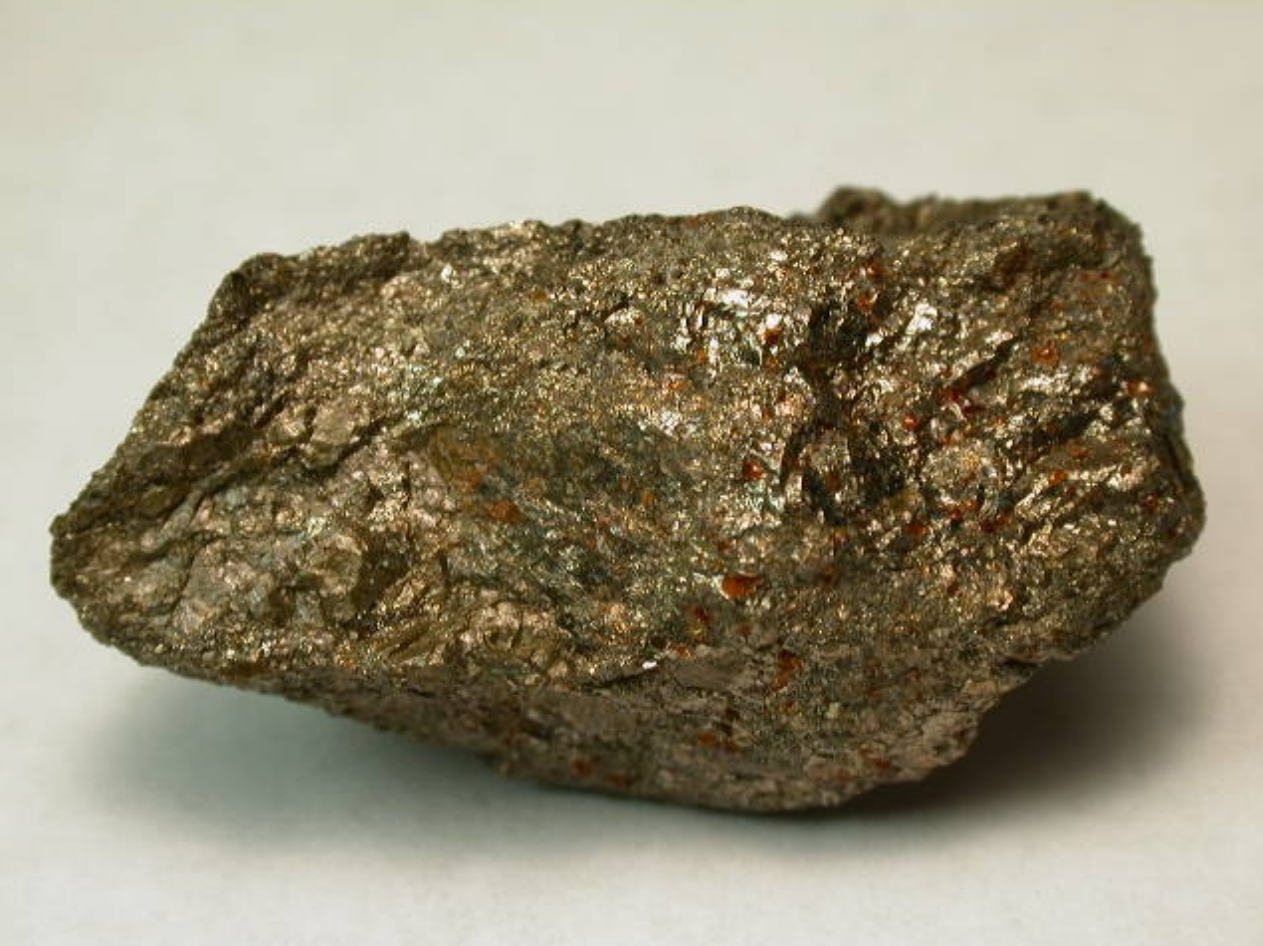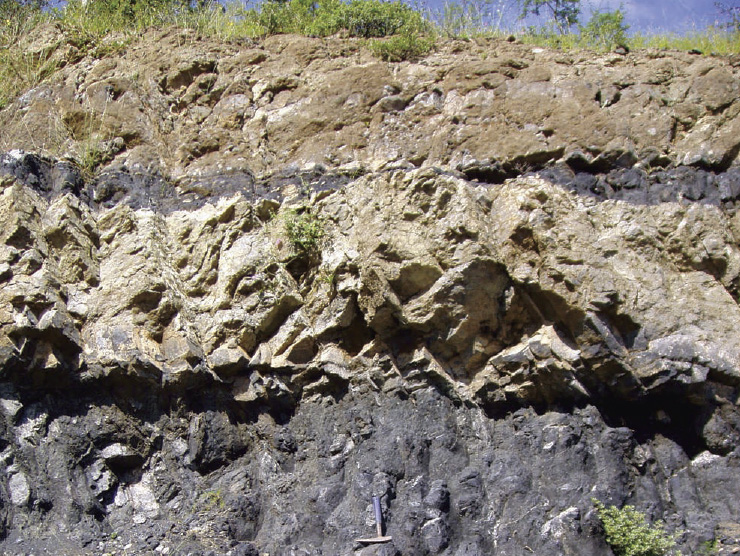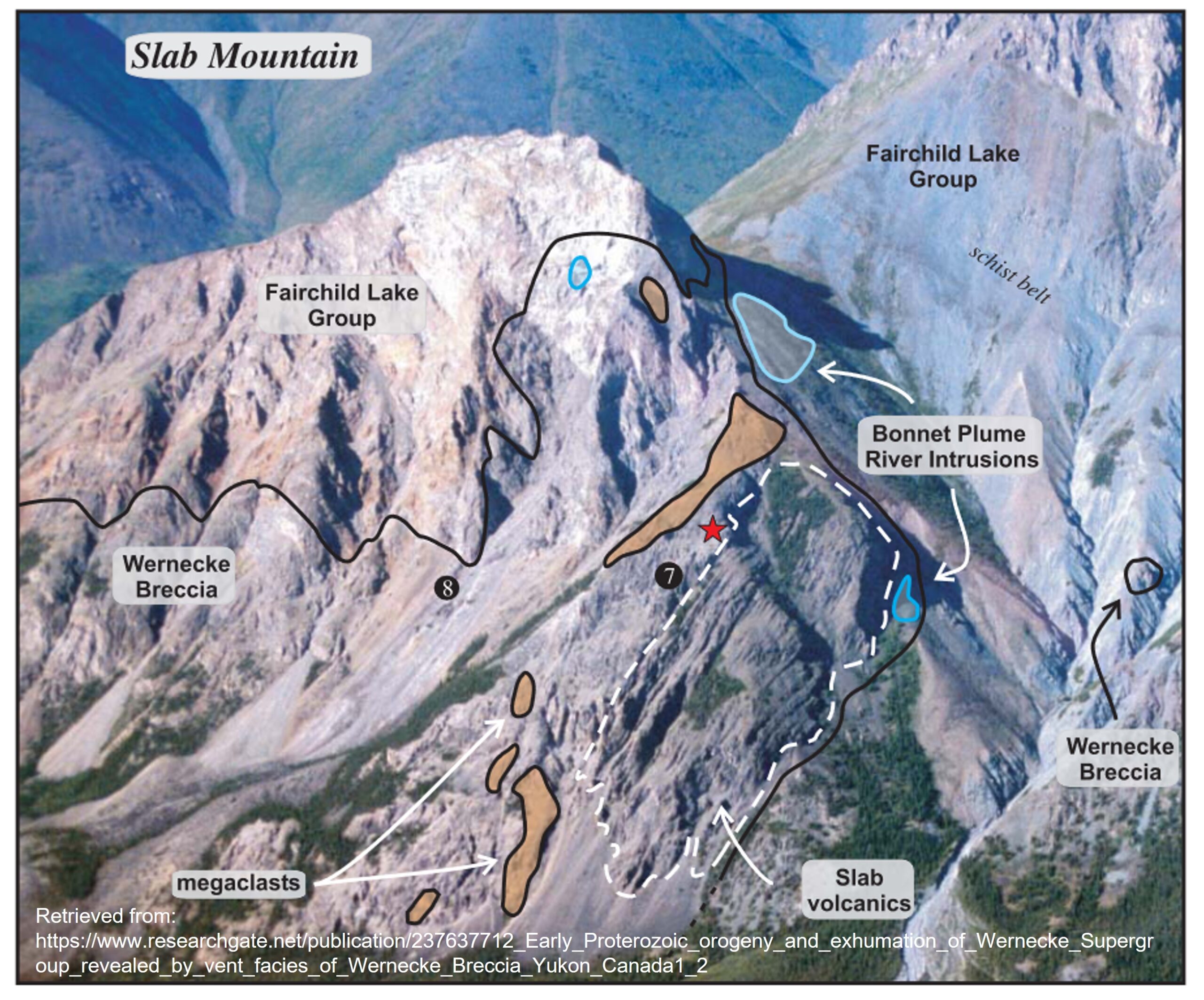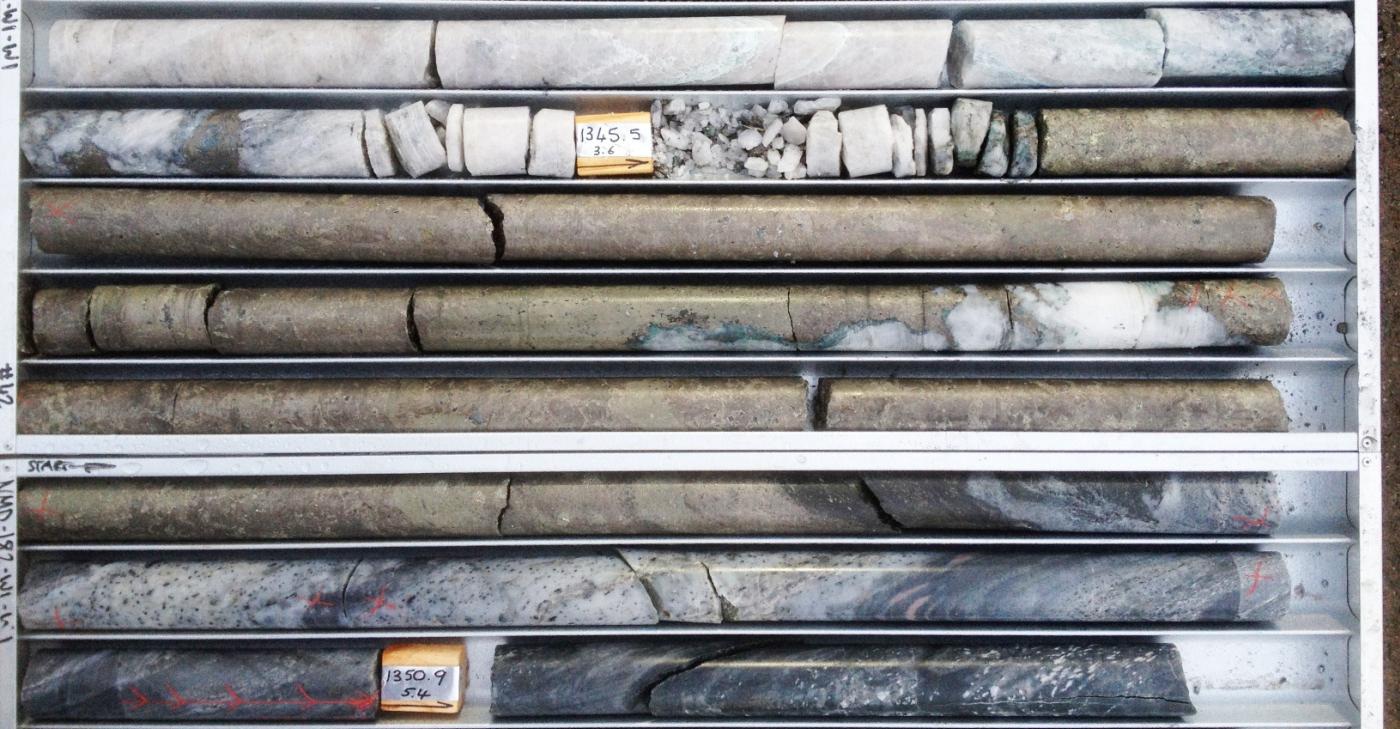Most people have heard of the 49ers and the California Gold Rush. Few are aware that there was an American Gold Rush before the 49ers. This rush took place in the Southeastern U.S., primarily in North Carolina, South Carolina and Georgia, with additional production and activity in Virginia and Alabama.
It all started on a Sunday in 1799 when 12-year-old Conrad Reed and some of his siblings were shooting fish with a bow and arrow in Little Meadow Creek, Cabarrus County, North Carolina. Conrad saw something gleaming in the creek and found a shiny rock which he took home to his father, who used it as a doorstop for the next three years. In 1802, John Reed sold his doorstop to a jeweler for $3.50. It turned out to be a 17 pound gold nugget that was worth roughly $4,000 at the price of $20.67 per ounce of gold and about $240,000 at today’s gold prices. About a year later, John Reed started mining on the property and continued to do so for several decades. The largest documented nugget from the Reed Mine was 28 pounds.
The news of Reed’s gold spread slowly but generated a substantial gold rush in the southeastern U.S. It is unlikely that the Reed gold discovery was the first southern gold discovery; mint records and other sources indicate gold was sold from the region before 1802. But the Reed discovery generated the first documented regional activity and North Carolina was the largest gold producing state in the U.S. until the 1849 rush. The mine is now a state historic site.
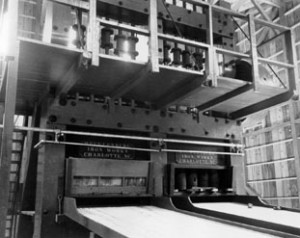
A number of writers and historians have erroneously credited this as the first documented gold found in the US. The earliest gold reported was actually by Thomas Jefferson in 1782. He recorded a gold-bearing rock weighing four pounds and containing about 17 penny weight (0.85 oz.) of gold from the north side of the Rappahannock River about four miles below the falls. This is near the present day town of Stafford, Virginia
Gold has been intermittently mined from the Southeastern U.S. ever since the 1799 Conrad Reed discovery. Most recently gold was mined from the state of South Carolina from a number of mines at Barite Hill, Brewer, Haile and Ridgeway. The Haile Mine, which was discovered in 1828, has had numerous episodes of production which were interrupted by historic events, including Sherman’s March to the Sea during the Civil War, a boiler explosion that killed mine manager Earnest Thies in 1908, and the WWII War Production Board Order L-402 closing all U.S. gold mines. This particular history is typical of the mines and gold mining activity in the Southeast.
Canadian junior Romarco Minerals purchased the Haile property in 2007 and began development and permitting. In 2015, Romarco was purchased by Australia-based OceanaGold (ASX:OGC). Gold production at the Haile Mine began in October 2017, with 137,413 oz gold produced in 2020. As of 2021, the reserve and resource estimate includes Proven and Probable reserves of 2.84 Moz, Measured and indicated resources of 3.18 Moz, and Inferred resources of 1.11 Moz. The estimated life of mine is 12 years. OceanaGold is currently exploring the area and looking to expand the mine. For a detailed overview of the Haile Mine, click here.
The mine is located in the Carolina Slate Belt, a collection of sedimentary and volcanic rocks formed in an island arc environment from 650-500 million years ago. The rocks were metamorphosed during the collision of Africa and North America about 500 million years ago. The gold is associated with pyrite (iron sulfide) and molybdenite (molybdenum sulfide) with minor silver, copper and zinc. For a detailed overview of the Haile Mine, click here.
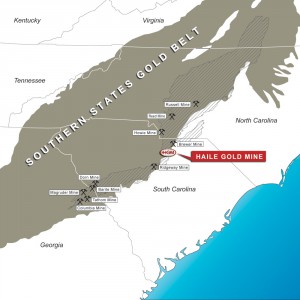
Other Important Mines in the Southeast
There are more than 300 documented gold mines in the southeastern U.S. Some of the more important mines include:
Ridgeway
Kennecott Minerals operated the Ridgeway open-pit gold mine in South Carolina from 1988 to 1999. This mine reportedly produced about two million ounces of gold. Quite unusual given the Slate Belt’s long history of gold mining, this was a total grassroots discovery in an area where there was no past record of gold activity. This mine was undoubtedly the largest single producer in the Southeast until its closure.
Portis
This is one of the classic producers of the Eastern Slate Belt of North Carolina and had production via early placer mining, hydraulic mining and milling of residual quartz and some open pit mining. This mine is usually credited with a production in excess of $3 million (more than 150,000 ounces) prior to 1900. There is a very interesting story as to the discovery of gold here. According to early writers, a traveler staying with the family that owned the property saw gold in the mud chinking between the logs in the log cabin where he spent the night.
Morrow
This mine is located in Buckingham County, Virginia, and had a substantial stamp mill and steady operation before the Civil War. It was the site of the discovery of a nine pound gold nugget during the depression. This nugget is said to be in the Smithsonian today.
Further Reading
Subscribe for Email Updates

